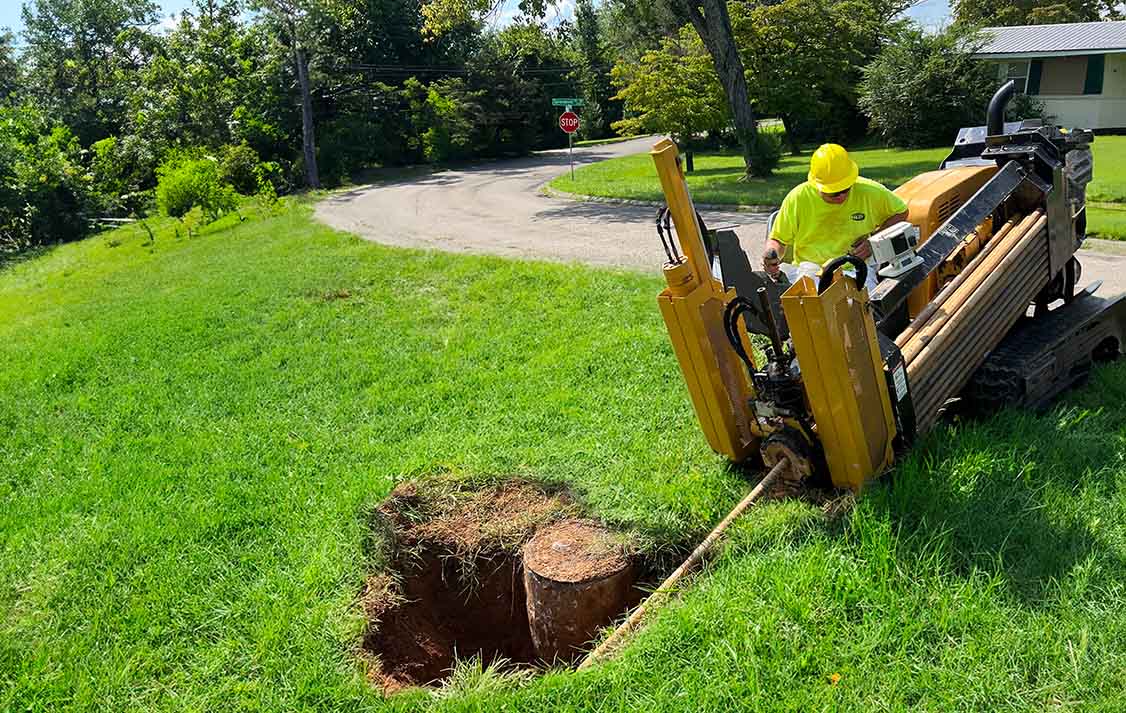

Sewer Backup
Your trusted partner for professional home services. Quality workmanship, guaranteed satisfaction.




- HEP
- Sewer Backup
Sewer Backup | Emergency Plumbing | Plumbing | Dayton
When raw sewage starts rising in your Dayton basement, you don’t have time to hunt for a plumber—you need help now. HEP’s certified technicians are on-call around the clock, arriving fast with fully stocked trucks to clear clogs, pump out standing water, and sanitize affected areas before the damage spreads. We treat every sewer backup as a true emergency plumbing situation, giving you upfront pricing, photo documentation, and the confidence that the job will be done right the first time.
From precision camera inspections and powerful hydro-jetting to complete line repairs, our team combines cutting-edge tools with the neighborly service you expect from a local, family-owned company. HEP has protected Dayton homes for decades, and every visit is backed by a clean-home guarantee and industry-leading warranties—so the only thing left behind is your peace of mind.
FAQs
What should I do first when I notice a sewer backup in my Dayton home or business?
Immediately stop using all plumbing fixtures—sinks, toilets, showers, washing machines, and dishwashers—and turn off the main water supply if you can access it safely. This prevents additional wastewater from entering the line and worsening the overflow. Keep people and pets away from the affected area to avoid health hazards from bacteria and mold. Then call our Dayton-based emergency plumbing team; we answer the phone 24/7 and can typically dispatch a licensed technician within an hour. While you wait, try to ventilate the space by opening windows and, if possible, unplug electrical devices in contact with water.
How fast can your emergency plumbers reach my Dayton property after I call?
Our on-call crews are stationed throughout the Dayton metro area, allowing us to arrive at most addresses within 60 minutes—often sooner inside I-75/I-675 loops. We operate 24 hours a day, 365 days a year, including holidays and severe-weather events. When you call, our dispatcher confirms your location, provides a live ETA, and stays in contact until the technician arrives with fully stocked trucks ready for sewer pumping, drain snaking, hydro-jetting, and cleanup.
What are the warning signs that a sewer line backup is developing?
Watch for these red flags: (1) gurgling sounds from drains or toilets, especially after you run water elsewhere in the house; (2) multiple fixtures draining slowly at the same time; (3) water or sewage bubbling up around basement floor drains; (4) foul, sulfur-like odors coming from drains; (5) unexplained wet spots or lush patches in your yard above the sewer line; and (6) toilets that won’t flush fully or require repeated plunging. Addressing these symptoms early can prevent a full-blown backup and costly water damage.
Will my homeowner’s insurance cover sewer backup cleanup and repairs?
Standard homeowner policies often exclude sewer backup unless you’ve added a specific sewer/ drain endorsement. This optional rider is inexpensive—typically $50–$150 per year—and can cover tens of thousands of dollars in cleanup, pipe repair, and property restoration. Before a crisis occurs, review your policy and consider adding the endorsement. After a backup, document the damage with photos, keep receipts for emergency plumbing and remediation, and contact your insurer promptly. Our team can provide detailed invoices and work directly with adjusters to simplify the claim process.
What are the most common causes of sewer backups in Dayton?
1. Tree root intrusion: Dayton’s mature neighborhoods have extensive root systems that can penetrate clay or cast-iron pipes. 2. Grease and debris buildup: Pouring fats, wipes, and hygiene products down drains creates clogs that solidify over time. 3. Collapsed or offset pipes: Older sewer laterals can crack or shift due to ground settling and seasonal freeze-thaw cycles. 4. Heavy rain or flooding: When municipal sewers reach capacity, wastewater can flow back through the lateral into your property. 5. Improper plumbing connections: Sump pumps or downspouts tied into the sanitary line can overload it during storms.
How do you clear a backed-up sewer line and prevent future problems?
Our technicians start with a camera inspection to locate the obstruction and assess pipe condition. Depending on the findings, we may: • Mechanically snake the line to break up minor clogs. • Hydro-jet at up to 4,000 PSI to scour grease, sludge, and roots from pipe walls. • Excavate or use trenchless pipe lining (cured-in-place) to repair cracks or collapses. • Install or service a backwater valve to stop city sewer surges from entering your home. • Schedule preventive maintenance—annual camera checks and jetting—to keep lines clear. We also educate you on proper disposal practices (no grease, wipes, or coffee grounds) and can root-treat pipes with bio-safe foaming herbicides for long-term root control.